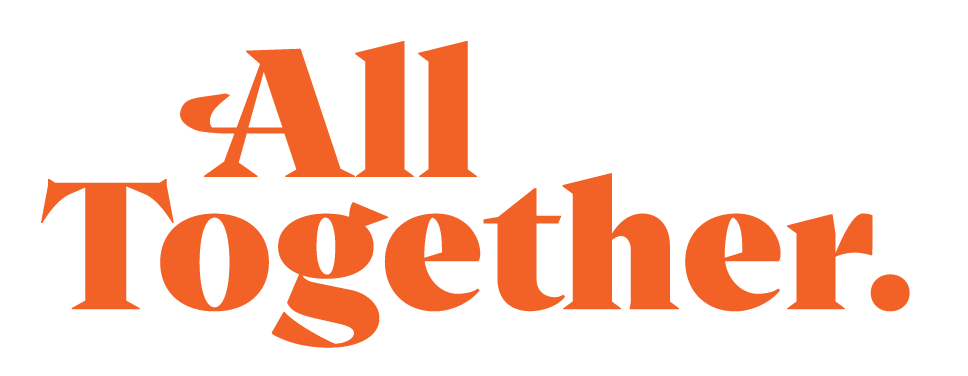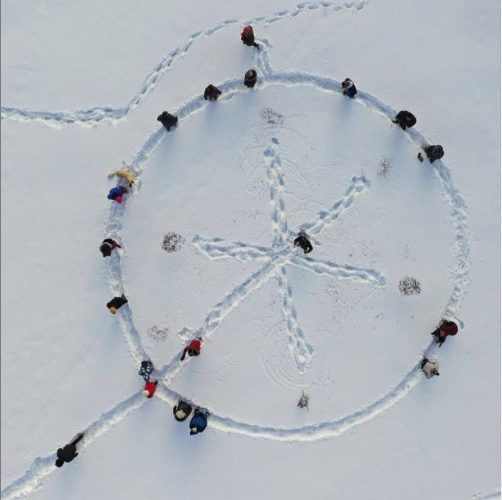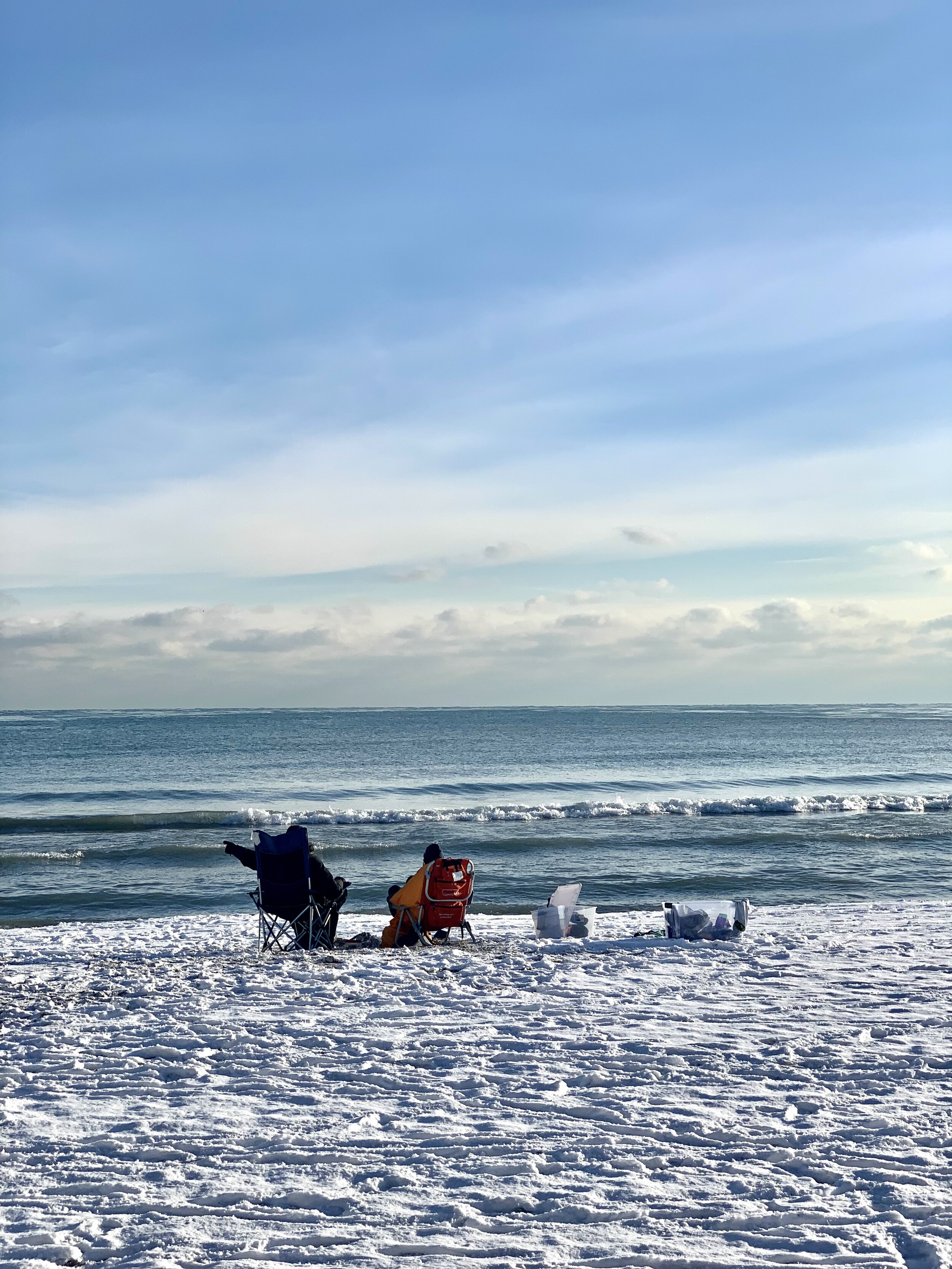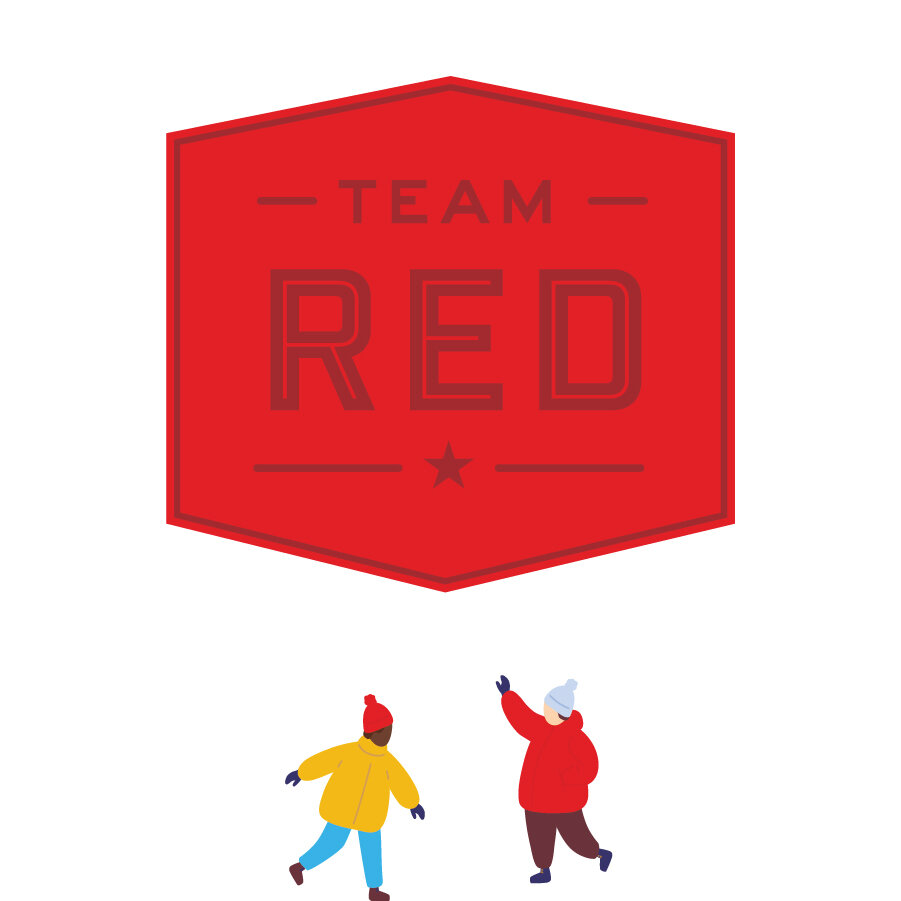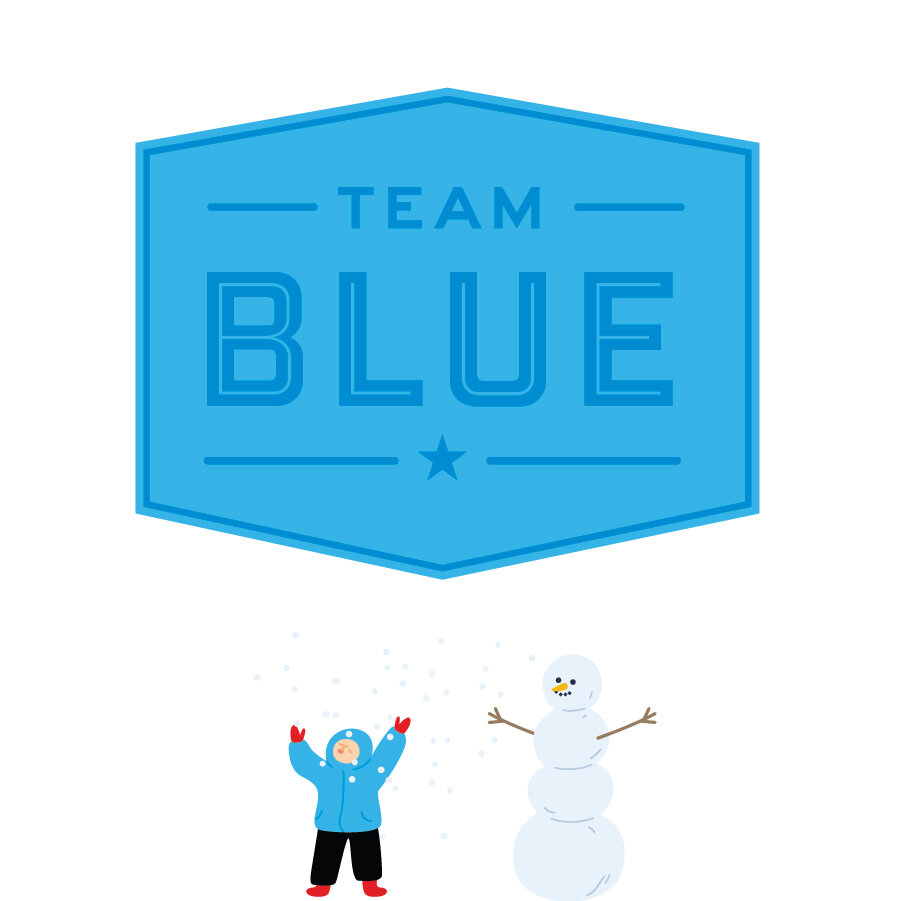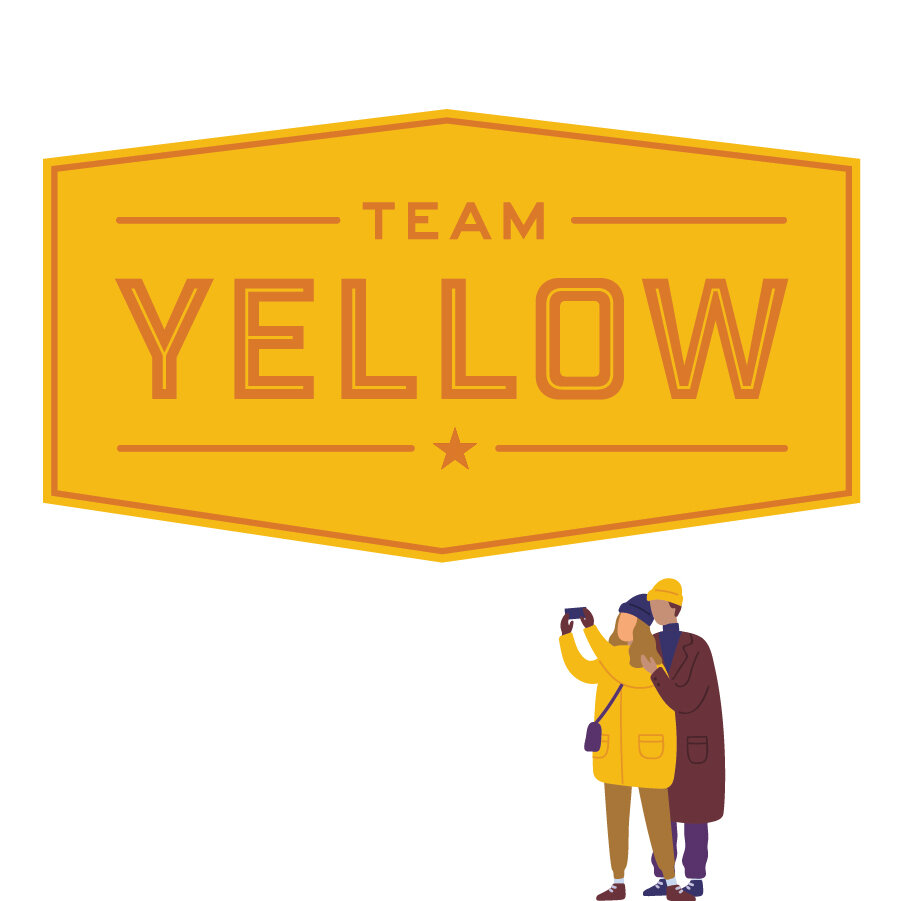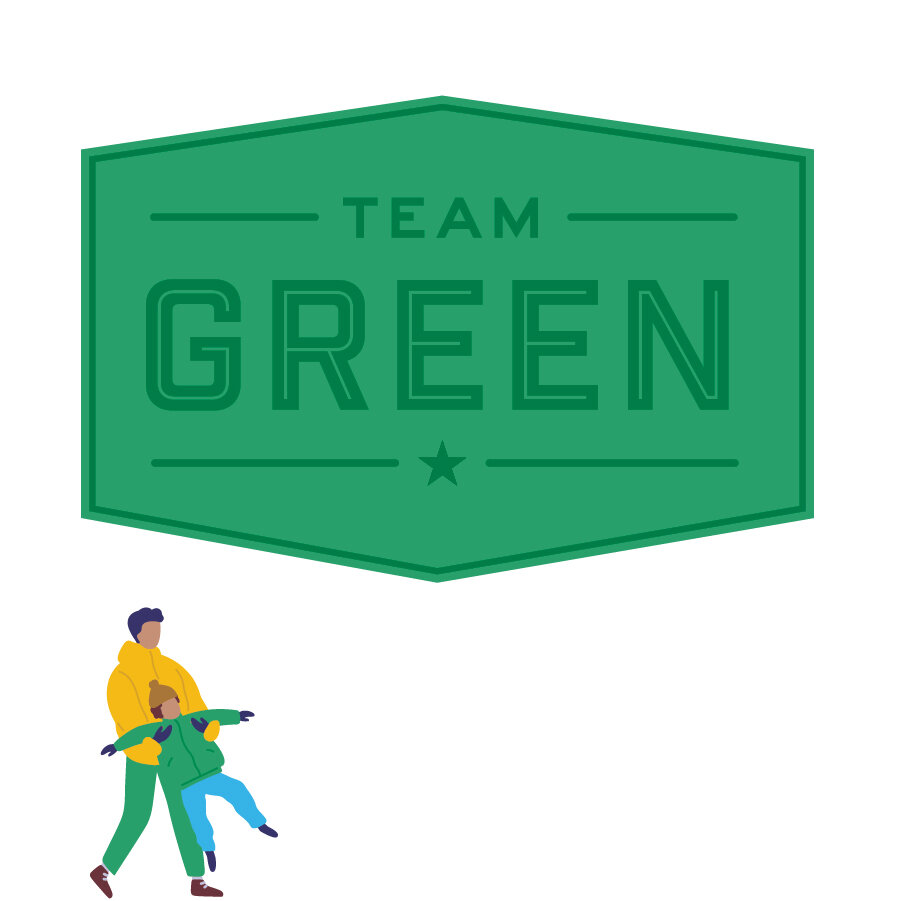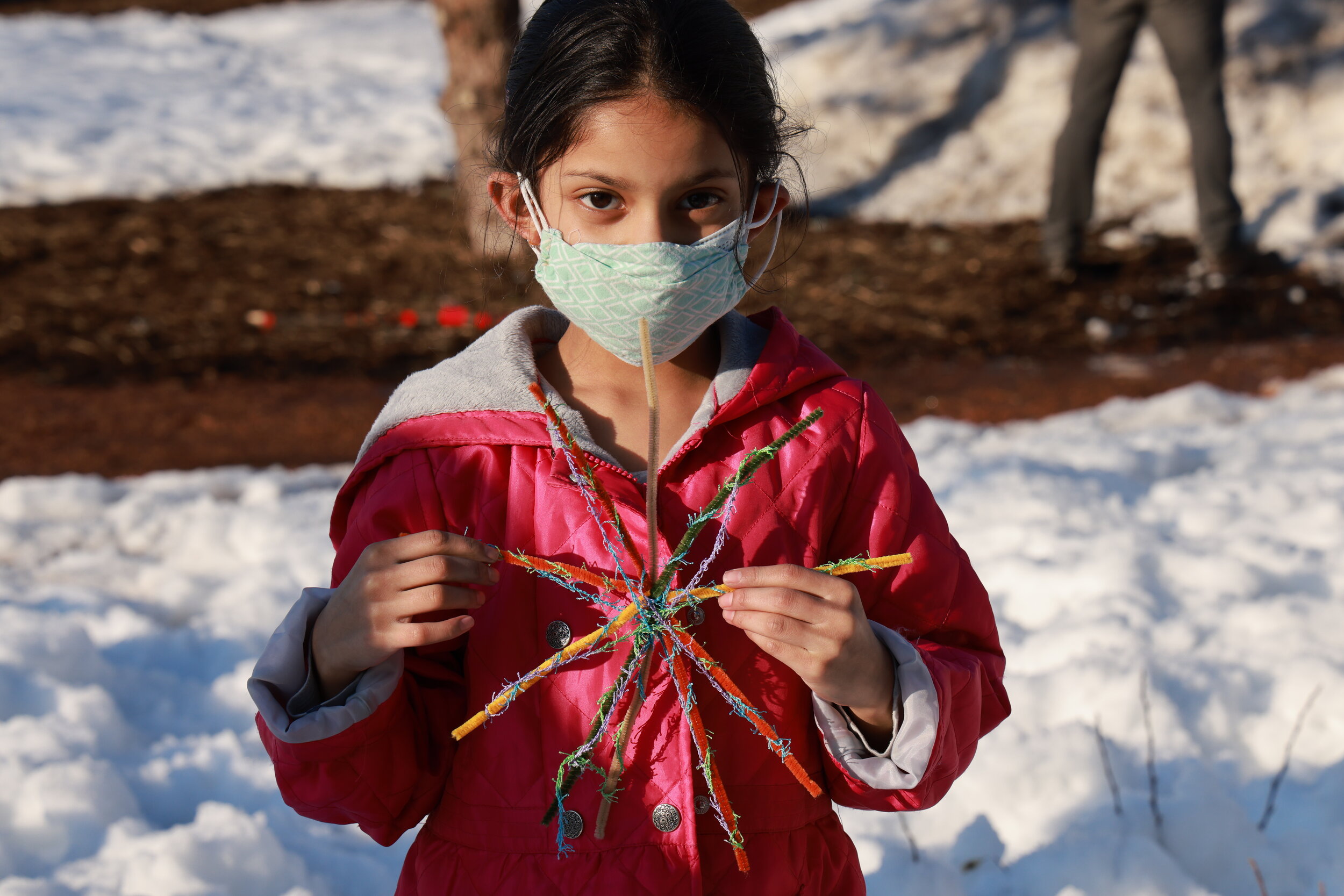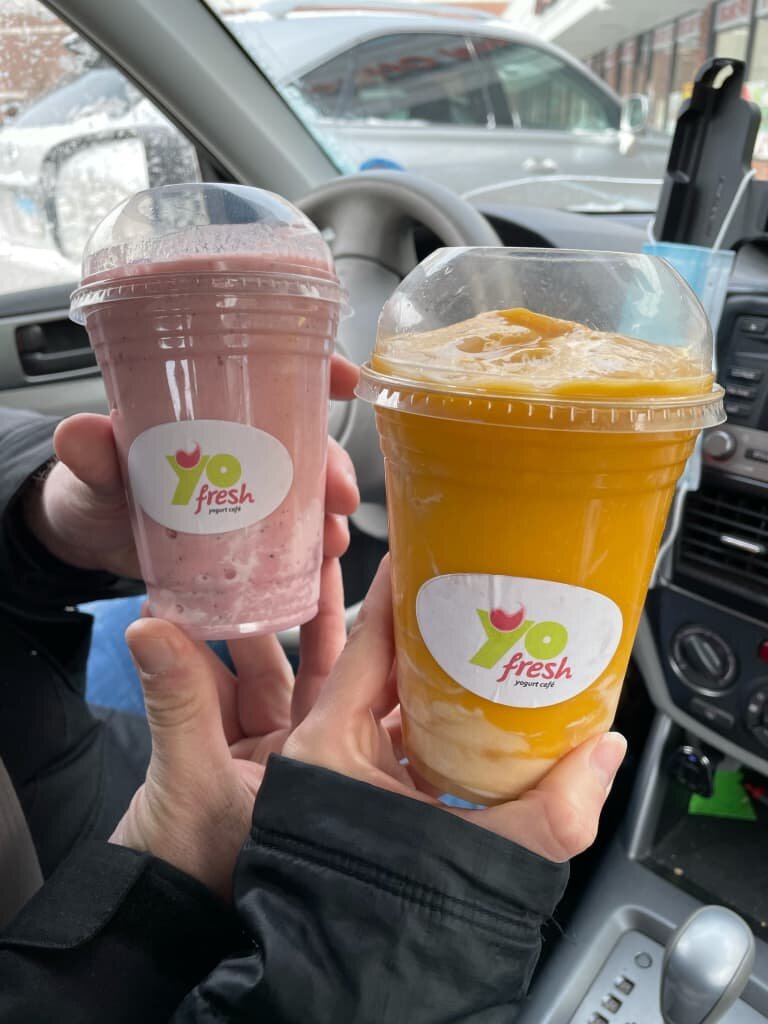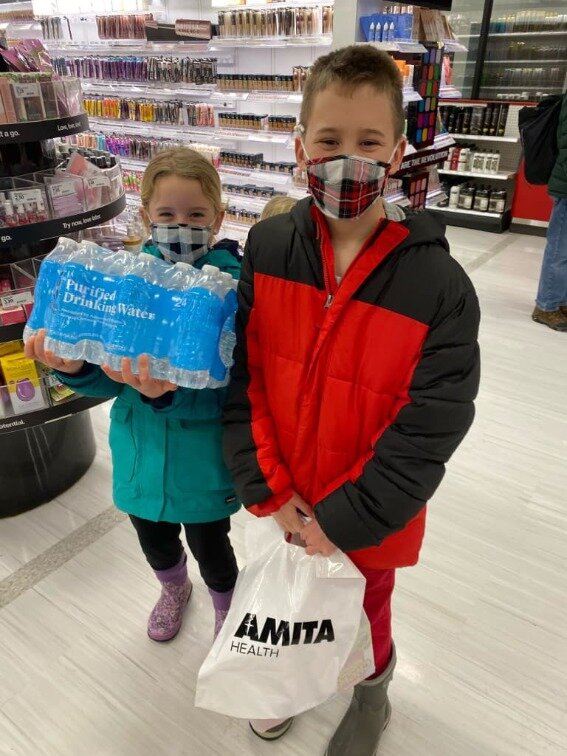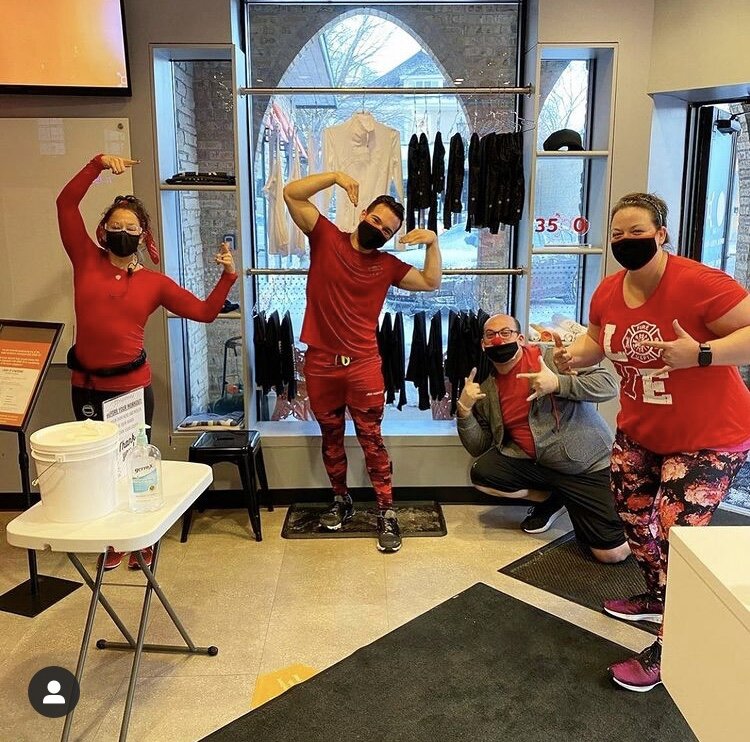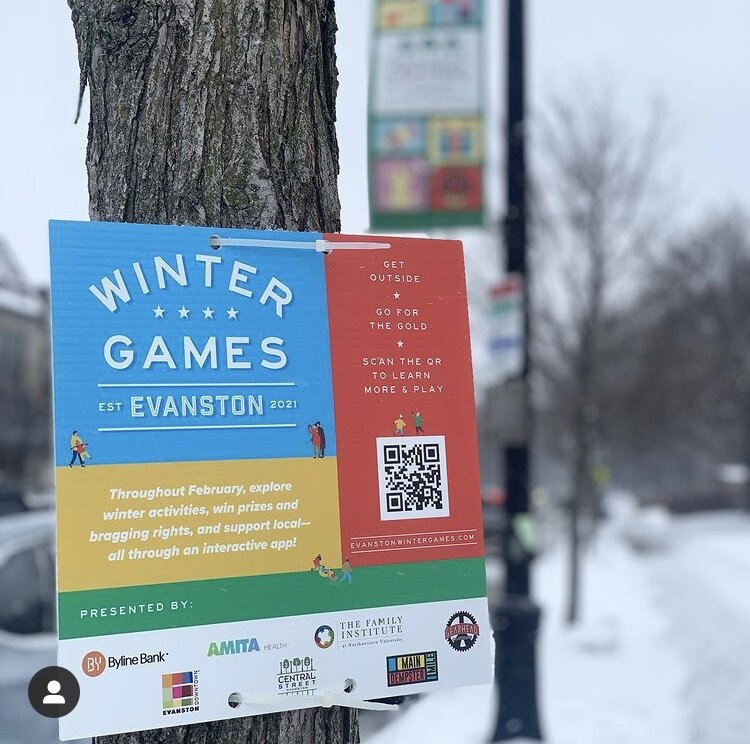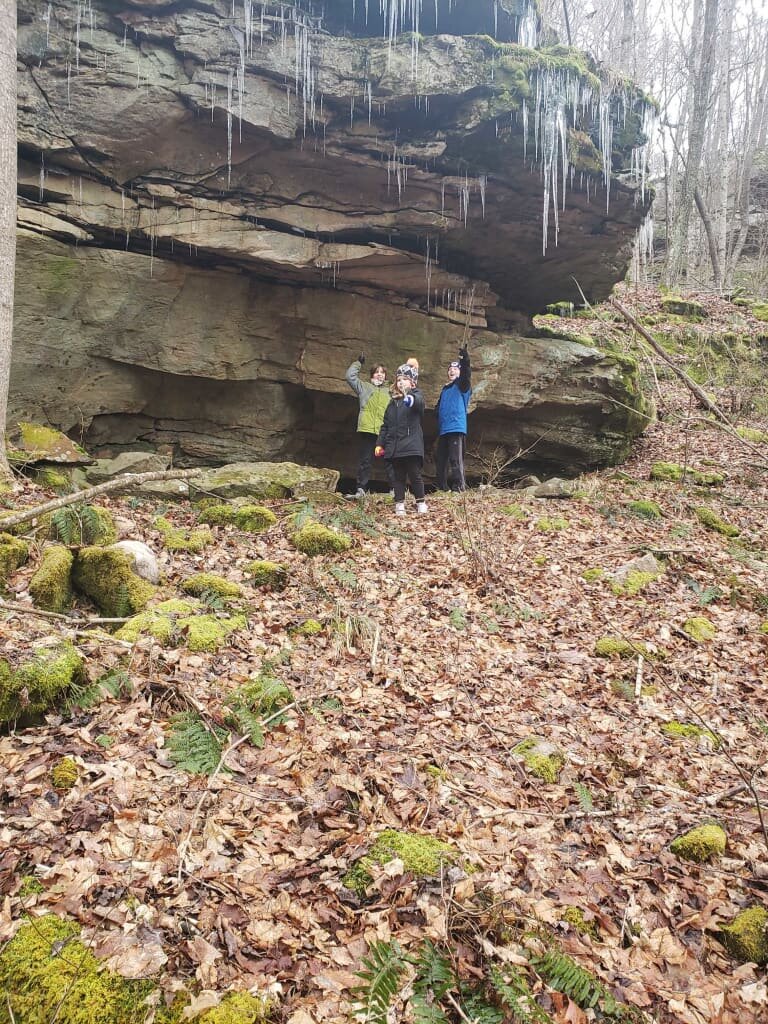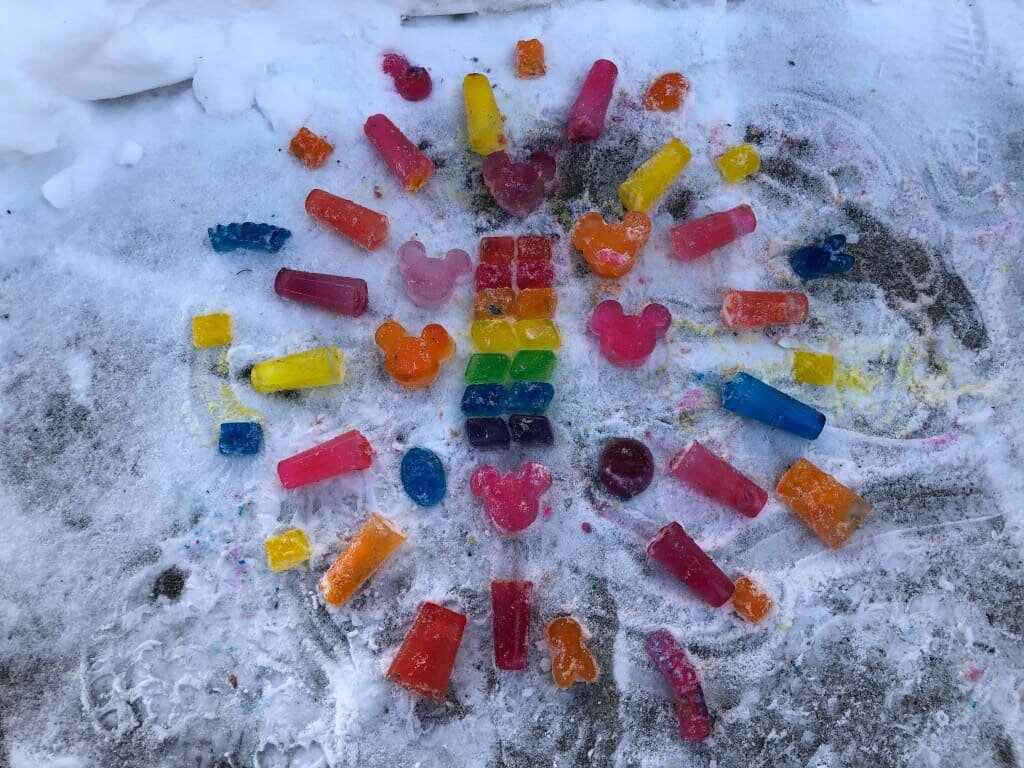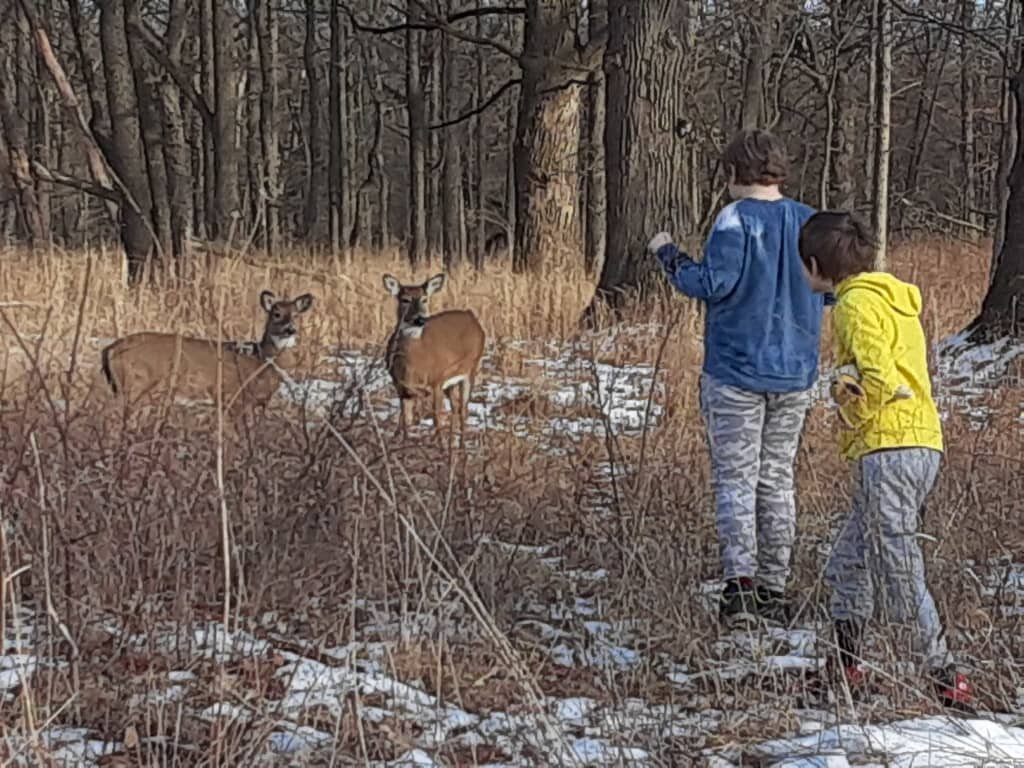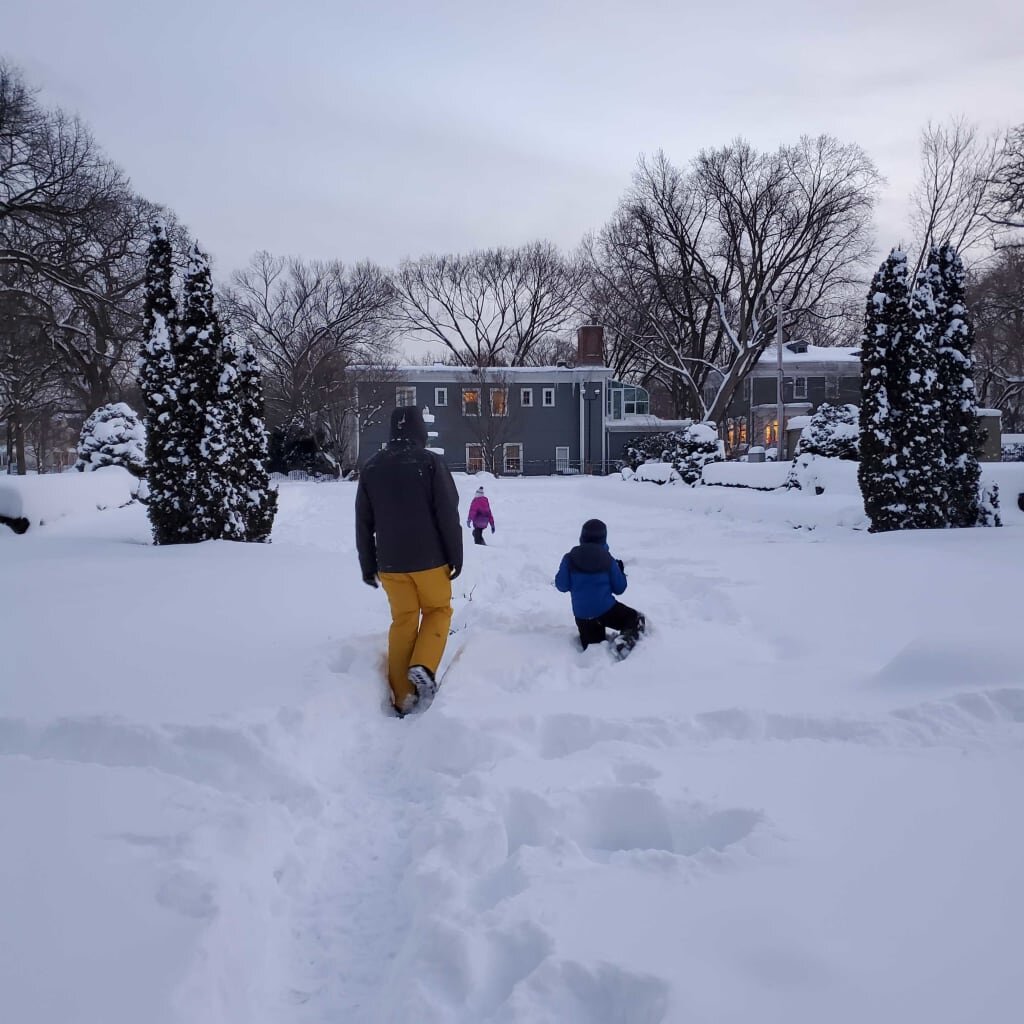The Magic of Winter Games
The Year of Hibernation
If you are in a northern city in the United States, most would assume you’ve celebrated and embraced the arrival of snow like our European counterparts. But, in large part, you probably haven’t. Many of us in “winter cities” aren’t really into wintering in cities. We hunker down and emerge in spring, our metabolisms running at about the same speed as the animals hibernating under our buildings.
And while this year brought the same old cold temps and blankets of snow, it was also very different. This winter presented nine preceding months of maxing out screen time, dealing with the very real ramifications of prolonged isolation, and a recession-level economic crisis. As the snow arrived, communities and their ecosystems had already been slammed in the face with a metaphorical snowball. They were overwhelmed by trying to help small businesses stay afloat, keep residents masked up, and ensure hospital beds stayed within capacity. Another four to six months of indoor isolation-induced terror into the hearts of most Americans, especially winter city residents.
Photo Credits: Evanston Made, Laura Brown, and Eventzee Submissions
Going for the Gold
This winter, one community met this seasonal challenge head-on. This story occurs in Evanston, Illinois, a city just north of Chicago and home to 74,000 residents and Northwestern University. Situated on Lake Michigan, Evanston is the quintessential northern winter city in terms of climate and proportion of snowplows to humans. When January hits, it snows. A lot. And when the snow comes, other than the occasional sledding trip, folks stay indoors.
In an attempt to embrace its climate, Evanston has historically offered sledding hills—although you aren’t technically supposed to sled on them—formal and makeshift skating rinks, and occasional wintertime programming. But most residents, like the Americans they are, stay inside and wait out the winter. But this year, Evanston decided to do something a little different. The community recognized that the community was experiencing indoor burnout, as well as the heightened anxiety and depression that comes with it. In an effort to get residents off screens, moving around outdoors, supporting local businesses, and giving back, they launched the city’s inaugural Winter Games competition.
This Olympic-themed program, which ran throughout February into early March, was a collaboration between Downtown Evanston, Main-Dempster Mile, Central Street SSAs, Canal Shores, Evanston Made, the City of Evanston, and corporate sponsors. It featured a series of challenges through a free scavenger hunt app. Participants tracked their success through the app, which awarded users points as they completed a whole host of winter activities, including art and nature hikes, ice skating, building snowmen out of reclaimed materials, shopping locally, shoveling elderly neighbors’ walks, warming up by firepits throughout the city, and so much more. Top scoring players earned hundreds of dollars in gift cards to a local outdoor gear shop.
Supporting Local
Once registered, participants were assigned one of four team colors—Team Red, Blue, Yellow, or Green. Over 90 participating Evanston businesses were also assigned a team color and their storefronts were adorned with colored lights that showcased their team pride and lit up the corridors at night. The Winter Games challenges featured many ways to earn points by visiting and shopping at local businesses—from scanning a QR code outside of the store to purchasing items and sharing pictures of their items or food. Participants could earn double points by completing challenges at businesses that were on the same team. For example, if I was on Team Blue and completed a Team Blue business challenge, then I earned double points.
Businesses jumped on board and embraced Winter Games through promotional offerings, social media posts, and events. A local gym, which was on Team Red, had staff and class participants dress in red to celebrate their team color and Heart Health Day. Curt’s Café, which employs at-risk and formerly-incarcerated young adults—created a Curt’s Cocoa in honor of the program. Temperance, a local brewery, launched a new beer called “Where I’m From” at the start of Winter Games, with 100% of the proceeds going towards the City’s reparations fund—the first reparations funds of its kind in the world. The brewery hosted a Winter Games firepit event, where the new beer was introduced and attendees could warm up by the fire and roast marshmallows. Similar events were hosted at Space, a local music venue, featuring musicians playing outside to sold-out, socially-distanced crowds.
Photo Credits: Evanston Made, Orange Theory Fitness Evanston, and Eventzee Submissions
The Community Snowball Effect
Hundreds of people participated in Winter Games. In addition to shopping local, they finally got outside and embraced the season. They created ice sculptures from milk cartons, explored the wintery lakefront, spotted winter birds, took videos of their salchows, and even hosted winter picnics.
They also earned points by volunteering—giving to local organizations and COVID relief funds, purchasing food and supplies for the homeless, and donating blood. They wrote colorful messages in the snow and made signs thanking frontline workers and their mail carriers, supporting Black Lives Matter, and spreading cheer through inspirational notes. And they gave back to their hyperlocal community while combatting the freezing temperatures and 20” of snow that fell in the middle of the Games by shoveling neighbor’s walkways and alleyways.
The more they did, the more they shared on social media, spread the word, and got others to participate. The community snowball effect was magnificent. Families, friends, and university students participated in friendly competitions. And some very Type A people went for the gold and did every single one of the hundreds of challenges.
The Magic Formula
There was admittedly a very captive audience this year who was stuck at home and looking for something… anything… to do. But there’s a magical formula in Winter Games and its structure—one that can be replicated long after the COVID era. It exists in the intersection of the digital and the physical. Harnessing the ability of a digital app to package numerous new and existing programs, events, and challenges in one single place. And yet, this feature can exist without anyone knowing it’s there or being motivated to participate. So how do you take a digital amenity and roll it out to the community to create a buzz?
The answer is in the physical realm. Winter Games included a number of placemaking interventions—spray chalk logos along sidewalks in the business districts; posters and colored lights strung up in all of the participating business windows; Winter Games signs secured to light poles, trees, and fences around the city; and homes adorned with their own lights showcasing their team pride. These physical reminders helped to spread the word about Winter Games, while connecting the community back to the concept of place. They reinforced that this wasn’t just another technological black hole on top of the Zoom calls, e-learning, and Netflix that we’ve all been a part of for the last year. But instead, an opportunity to come together as one community— the businesses, organizations, families, and individuals that comprise Evanston—to not only survive the season, but actually thrive in winter.
Click here to view some highlights of the 2020 Winter Games program.
Photo Credits: Eventzee Submissions, Patrick Hughes, and Evanston Made
